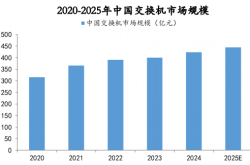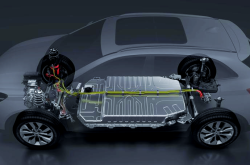Trump's Green Light? A "Lose-Lose" Scenario for German and American Automakers
![]() 08/28 2025
08/28 2025
![]() 595
595
Although this transatlantic trade deal has paused the tariff dispute with a 15% cap, it has not fully quelled the ripples in the industrial chain.
According to CCTV News, on August 21, local time, the White House announced that the United States and the European Union had agreed on the framework of a trade deal.
In the announcement, the U.S. reiterated that the tariff cap on most EU goods would be 15%, suggesting that tariffs on EU cars could be reduced within weeks. President Trump has praised this broad trade framework multiple times, referring to it as a "major agreement" during meetings with foreign leaders, including European Commission President Ursula von der Leyen.
The long-standing unease within the European auto industry appears to be waning.
Profit Plunge Due to Tariffs
The July 27 meeting between Trump and von der Leyen was a disappointment for automakers as cars were excluded from the new 15% base tariff category. However, the latest joint U.S.-EU statement has finally brought some relief to the auto industry.
For European automakers, the agreement framework offers a clear prospect of shedding the heavy tariff burden. Previously, U.S. tariffs on cars and parts, which reached up to 27.5%, had been a significant source of pressure on the industry.
This change has been eagerly anticipated by some EU member states, particularly Germany.
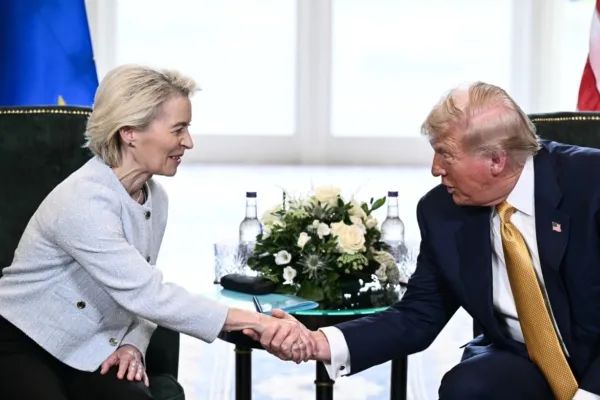
Currently, once-glamorous German luxury automakers are collectively enduring a harsh winter of profit declines. The latest financial data reveals that the performance of European auto giants such as Mercedes-Benz, Porsche, and Audi plummeted in the first half of the year. This trade storm ignited by U.S. unilateralism has already had a profound impact on European manufacturing.
On July 31, Germany's BMW Group announced that its sales revenue for the first half of this year was 67.7 billion euros, down 8% from the same period last year, with a net profit after tax of 4 billion euros, a 29% year-on-year decrease.
The UK's Guardian newspaper previously cited a recent statement from Germany's Mercedes-Benz, stating that the high-tariff policy initiated by the United States would cost the company 362 million euros. Mercedes-Benz noted that tariffs have "brought great uncertainty" and impacted sales, with second-quarter sales down 9% year-on-year.
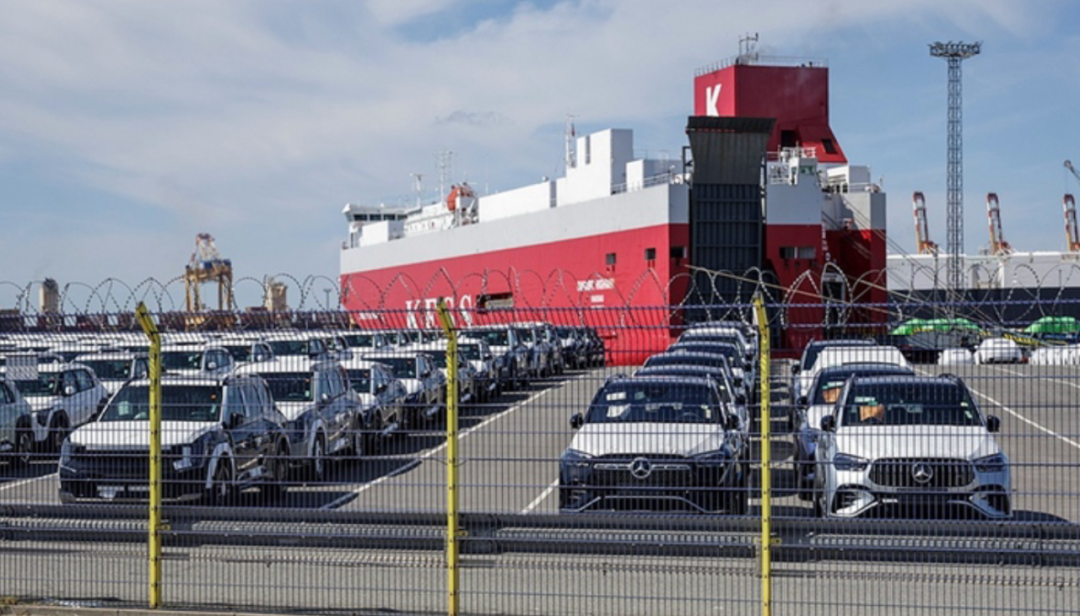
Data also shows that Mercedes-Benz's profits for the first half of this year halved, dropping from approximately 6.1 billion euros in the same period last year to approximately 2.7 billion euros. Global sales in the second quarter of this year fell 9% year-on-year. The data indicates that Mercedes-Benz's core automotive business profit margin was significantly dragged down by tariffs, which could have reached 6.6% without tariff impacts but was only 5.1% in reality. This forced Mercedes-Benz to revise its full-year revenue forecast, expecting it to be "significantly lower" than last year's 146 billion euros.
Porsche's situation is even bleaker. Its operating data released on July 30 revealed that consolidated net profit from January to June 2025 plummeted 71% to 718 million euros, with operating profit in the automotive business plunging nearly 91% in the second quarter of this year alone. U.S. tariffs alone imposed a burden of approximately 400 million euros.
Volkswagen's Audi Group saw its profits in the first half of 2025 plummet 37.5% to 1.3 billion euros, with U.S. import tariffs causing losses of approximately 600 million euros. The company has announced plans to lay off about 7,500 people in Germany.
Other European automakers have not been spared.
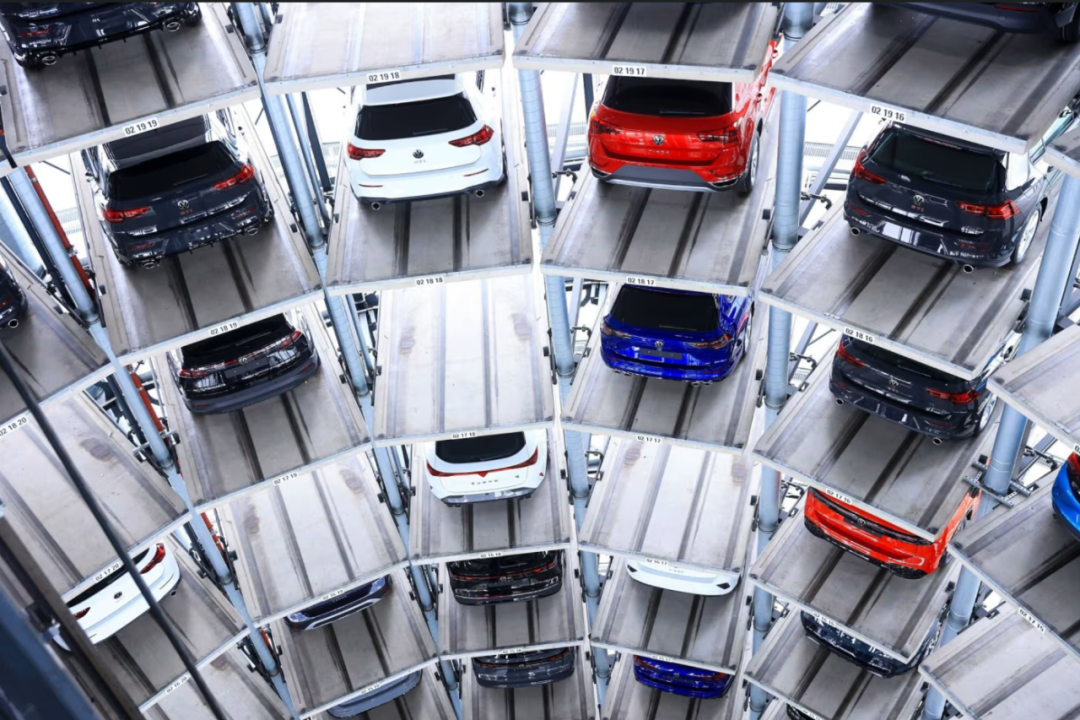
Stellantis Group estimates that its total tariff expenses for 2025 will reach approximately 1.5 billion euros, and its performance in the North American market, its most important market, has already underperformed the European market.
The British luxury brand Aston Martin issued a profit warning on July 31, blaming its predicament on U.S. tariffs and weak demand in the Asian market, with sales plummeting 25% year-on-year in the first half. Although Renault's primary market revenue comes from Europe, it has still lowered its full-year profit margin target.
Regarding the trade agreement recently reached between the United States and Europe, some industry insiders believe that this move avoids a trade conflict that could have severely impacted the German economy and automotive industry.

However, some media outlets believe that the tariff agreement reached between the EU and U.S. President Trump is still painful for the European automotive industry. The U.S. government will impose a 15% tariff on imports from the EU, which is lower than the 27.5% tariff imposed on the automotive industry in recent months but much higher than previous tariffs.
Hildegard Müller, president of the German Automobile Association, explicitly criticized the U.S.-EU trade agreement, stating that it would cost European automakers billions of dollars in losses annually, adding to the burden during the transition to electric vehicles.
Who Will Pay for the Trade War?
Although Trump's tariff policy was "originally intended" to boost U.S. domestic manufacturing, in reality, tariffs are hitting the U.S. auto industry hard.
Global tariff tracking data from Reuters shows that companies that have announced their latest quarterly financial reports have predicted that their profits in 2025 will be impacted, with automakers particularly affected by tariffs among these enterprises.
Ford Motor Company's recent financial report revealed that tariff-related costs in the second quarter of 2025 resulted in losses of up to 800 million dollars, causing the company to record its first quarterly loss since 2023. General Motors' financial report also showed a loss of 1.1 billion dollars due to tariffs in the second quarter. The Stellantis Group reported a loss of 350 million dollars due to tariffs.
The Big Three U.S. automakers predict that tariffs will cause a total profit loss of 7 billion dollars for the U.S. auto industry in 2025.
Bloomberg quoted industry data reporting that almost all automakers producing cars in the United States face the same dilemma. White House documents suggest that each car produced in the United States contains an average of 50%-60% imported parts. Washington's 50% tariff on steel and aluminum and 25% tariff on auto parts make U.S. automakers, which tout a high degree of localization, more vulnerable to tariff impacts.
Ford CEO Jim Farley observed a striking contrast—a Ford SUV assembled in Kentucky, USA, costs 5,000 dollars more than a competing model imported from Japan. A similar situation also exists for some models imported from South Korea to the United States.
Tesla is considered one of the automakers least affected by auto tariff policies, with its locally sold electric vehicles produced in factories in California and Texas. Even so, a 2024 document from the National Highway Traffic Safety Administration shows that only about 60% to 75% of the parts used by Tesla to produce these electric vehicles are manufactured in the United States or Canada, with the majority of the remaining parts coming from Mexico.
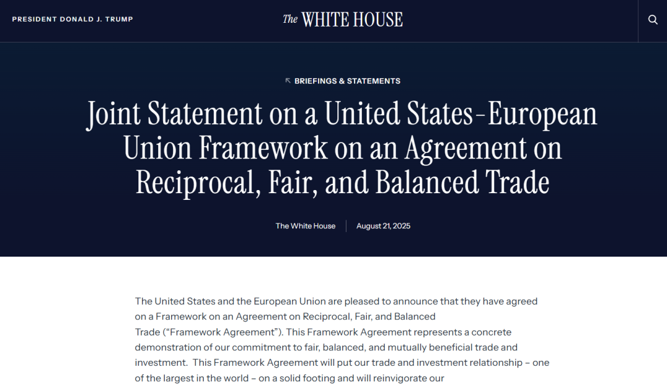
Bloomberg believes that although U.S. auto retailers have not yet raised product prices as a whole, the impact of auto tariffs will eventually be reflected at the point of sale.
Currently, many automakers are cushioning the impact by rushing production before tariffs take effect, but this is merely the calm before the storm.
From Tesla to Porsche, top executives in the automotive industry are warning that the industry will face difficult times in the future, and product prices will rise with tariffs.
Currently, some European luxury automakers, including Porsche and Aston Martin, have already raised prices for their products in the U.S. market, which could pave the way for other major brands to follow suit. European automakers are beginning to pass on tariff costs to American consumers.
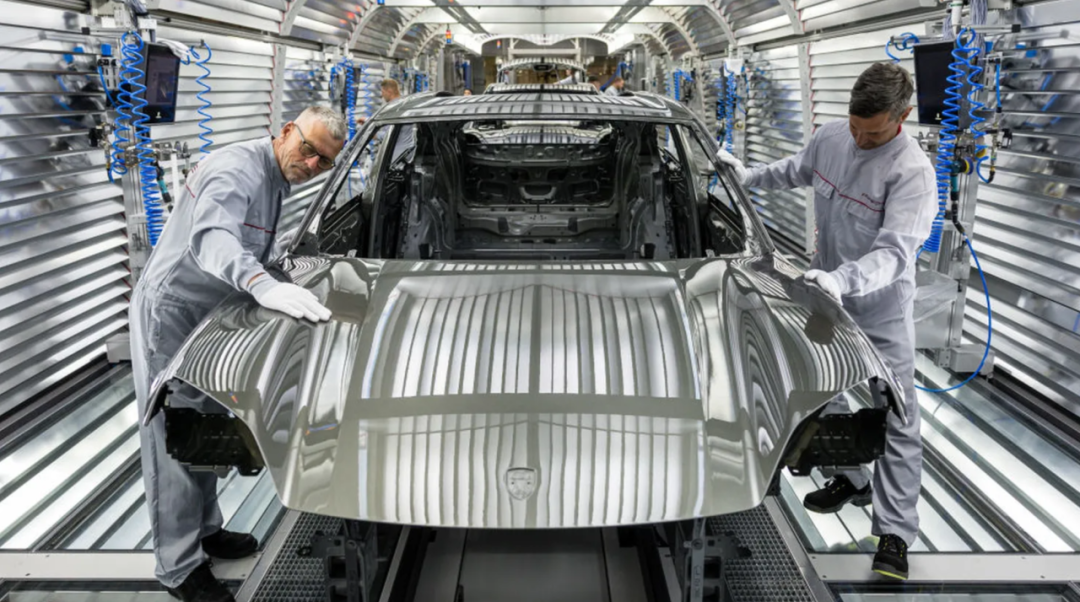
Analysis by U.S. auto market experts predicts that by 2026, tariffs imposed by Washington will increase prices for some models sold in the United States by 4% to 8%.
Experts believe that although this transatlantic trade deal has paused the tariff dispute with a 15% cap, it has not fully quelled the ripples in the industrial chain. European automakers are struggling to transform amidst profit declines and layoffs, while American consumers face a 4%-8% price increase expectation. The so-called "protection of local industries" instead exposes the vulnerability of the U.S. supply chain.
Perhaps the real winners have never been the tariff makers, and the agreement between the United States and Europe is merely a temporary pause in this protracted tug-of-war.
Note: Some images are sourced from the internet. If there is any infringement, please contact us for removal.
-END-



